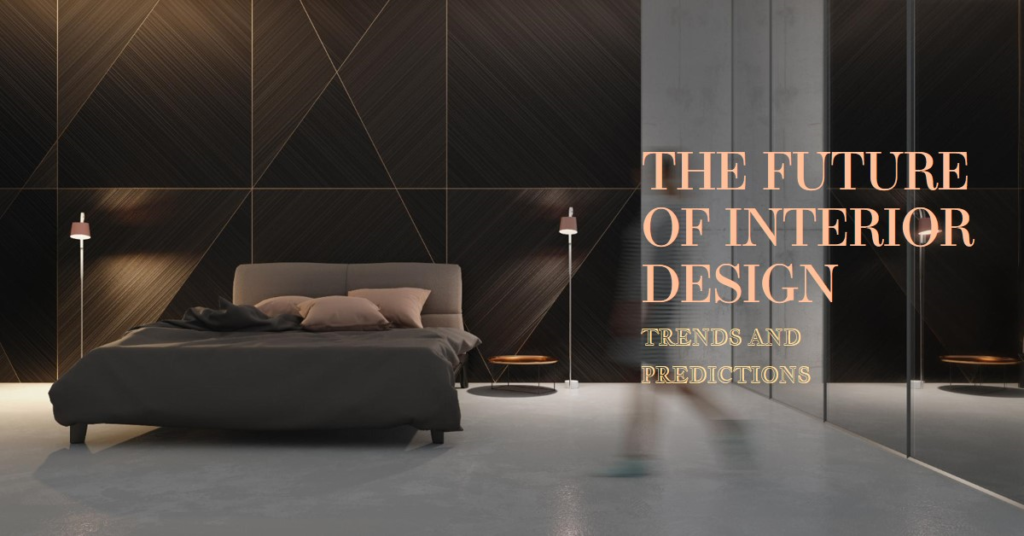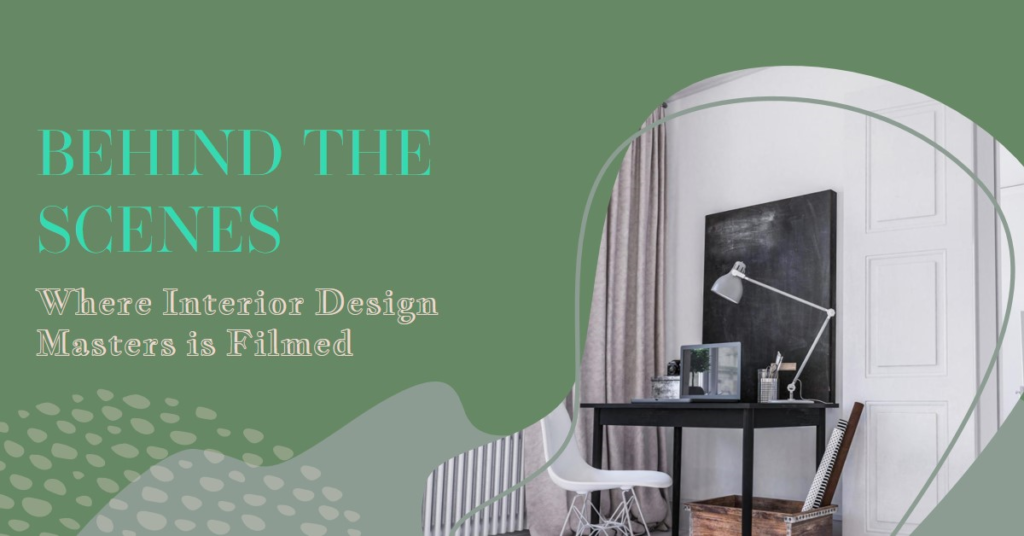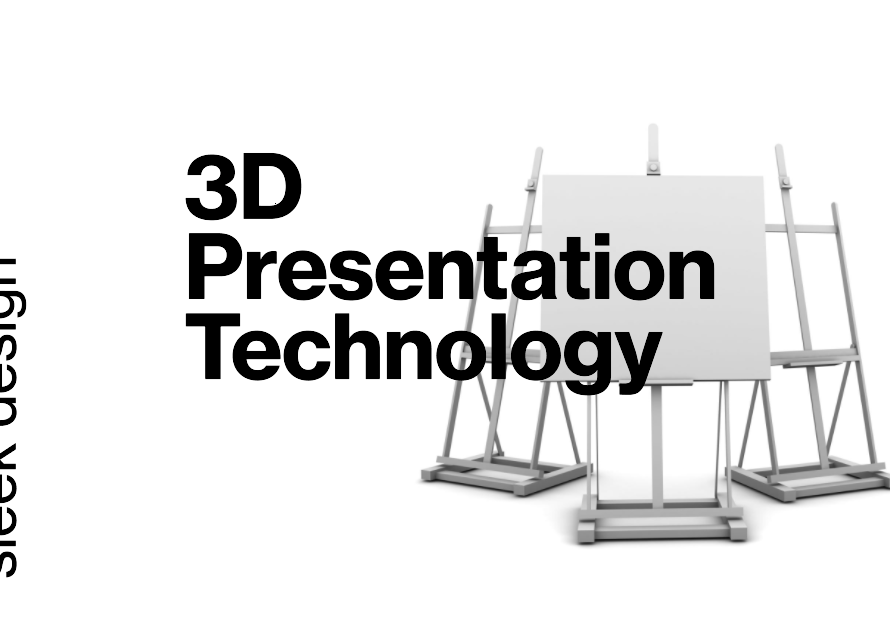
Table of Contents
- 1. The Rise of Smart Homes
- 2. Sustainable and Eco-Friendly Design
- 3. Biophilic Design: Bringing Nature Indoors
- 4. Personalized and Customizable Spaces
- 5. The Revival of Craftsmanship and Artisanal Details
- 6. Minimalism with a Twist
- 7. The Influence of Global Cultures
- 8. The Impact of Urbanization
- 9. The Evolution of Workplace Design
- Conclusion
As we journey further into the 21st century, the landscape of interior design continues to evolve at a rapid pace. This dynamic field is influenced by technological advancements, shifting cultural norms, and environmental considerations. In this blog post, we will explore the future of interior design through a series of emerging trends and predictions that are poised to shape the way we live, work, and play in the years to come.
1. The Rise of Smart Homes
Integrating Technology Seamlessly
The future of interior design is intrinsically linked to the rise of smart homes. As technology becomes more integrated into our daily lives, the demand for smart home features continues to grow. From intelligent lighting systems that adjust based on natural light to voice-activated assistants that control home appliances, the integration of technology into interior spaces is becoming a standard expectation.
Moreover, the seamless integration of technology goes beyond mere functionality. Designers are now tasked with creating spaces where technology enhances aesthetic appeal without being obtrusive. This involves clever concealment of wires and devices, as well as the use of materials and finishes that complement technological elements. The result is a harmonious blend of form and function that redefines modern living.
Enhancing Comfort and Efficiency
In addition to aesthetics, the future of interior design will prioritize enhancing comfort and efficiency through smart home technology. Imagine a home that learns your routines and adjusts the environment accordingly—thermostats that regulate temperature based on occupancy patterns, or kitchens equipped with smart refrigerators that suggest recipes based on available ingredients. These advancements not only improve convenience but also contribute to energy savings and sustainability.
As we move forward, designers will need to stay ahead of technological trends, ensuring that homes are equipped with the latest innovations while maintaining a focus on user-friendly design. This balance between cutting-edge technology and practical application will be a hallmark of future interiors.
2. Sustainable and Eco-Friendly Design
Embracing Green Materials
Sustainability is no longer a niche concern; it is a central pillar of contemporary interior design. As awareness of environmental issues grows, so does the demand for eco-friendly materials and practices. The future of interior design will see an increased use of sustainable materials such as reclaimed wood, recycled metal, and organic textiles. These materials not only reduce the environmental footprint but also bring unique textures and stories into interior spaces.
Furthermore, designers will need to consider the entire lifecycle of materials, from production to disposal. This holistic approach to sustainability ensures that every aspect of the design process, including sourcing, manufacturing, and end-of-life recycling, aligns with eco-friendly principles. The result is a more sustainable and responsible approach to creating beautiful interiors.
Energy-Efficient Solutions
In addition to materials, energy efficiency will play a crucial role in the future of interior design. Designers will increasingly incorporate energy-saving solutions such as LED lighting, energy-efficient appliances, and advanced insulation techniques. These features not only reduce energy consumption but also lower utility costs for homeowners.
Innovative design solutions, such as passive solar heating and cooling, will also become more prevalent. By leveraging natural resources and climate-responsive design, interiors can maintain comfortable temperatures with minimal reliance on artificial heating and cooling systems. This shift towards energy-efficient design is not only environmentally responsible but also economically advantageous.
3. Biophilic Design: Bringing Nature Indoors
Natural Elements and Materials
Biophilic design, which emphasizes the connection between humans and nature, is set to become a dominant trend in interior design. This approach involves incorporating natural elements such as plants, water features, and natural light into interior spaces. The use of organic materials like wood, stone, and clay further enhances this connection, creating environments that promote well-being and reduce stress.
The future of interior design will see an increased focus on creating spaces that mimic natural settings. This could include living walls adorned with greenery, indoor gardens, and large windows that frame scenic views. By bringing nature indoors, designers can create calming and rejuvenating spaces that foster a sense of harmony and balance.
Enhancing Well-being
The benefits of biophilic design extend beyond aesthetics. Studies have shown that exposure to natural elements can improve mental health, boost productivity, and enhance overall well-being. As a result, designers will prioritize biophilic principles in residential, commercial, and public spaces alike.
Incorporating natural elements can also improve indoor air quality and reduce pollutants. For instance, certain plants have air-purifying qualities that can mitigate indoor pollution. As health and wellness become increasingly important considerations in interior design, biophilic design will offer solutions that are both beautiful and beneficial.
4. Personalized and Customizable Spaces
Tailoring to Individual Needs
In an era where personalization is highly valued, the future of interior design will emphasize creating spaces that reflect individual tastes and lifestyles. Customizable furniture, bespoke finishes, and personalized decor elements will allow homeowners to express their unique identities within their living spaces. This trend towards personalization is driven by advancements in manufacturing and digital design tools, which make it easier than ever to create custom solutions.
Designers will need to work closely with clients to understand their preferences and needs. This collaborative approach ensures that every aspect of the design, from layout to color scheme, is tailored to the occupant’s lifestyle. The result is a space that feels uniquely theirs, fostering a deeper connection between the individual and their environment.
Adaptive and Multifunctional Design
Another aspect of personalization is the ability to adapt spaces to changing needs. Multifunctional furniture and flexible layouts will become increasingly popular as people seek to maximize the utility of their homes. For example, a living room might feature a sofa that converts into a guest bed, or a dining table that doubles as a workspace. These adaptable solutions are particularly valuable in urban settings where space is limited.
As lifestyles evolve, so too will the spaces we inhabit. Designers will need to anticipate these changes and create interiors that can easily transition to meet new requirements. This forward-thinking approach ensures that homes remain functional and relevant for years to come.
5. The Revival of Craftsmanship and Artisanal Details
Celebrating Handcrafted Elements
In a world dominated by mass production, there is a growing appreciation for craftsmanship and artisanal details. The future of interior design will see a resurgence of handcrafted elements, from custom furniture and bespoke lighting fixtures to intricate textiles and ceramics. These unique pieces add character and authenticity to spaces, making them feel more personalized and special.
This revival of craftsmanship is also a response to the increasing demand for sustainable and ethically produced goods. By supporting local artisans and using traditional techniques, designers can create interiors that are both beautiful and responsible. This trend celebrates the artistry and skill that go into creating high-quality, timeless pieces.
Blending Tradition with Innovation
While craftsmanship honors tradition, it can also embrace innovation. The future of interior design will see a fusion of traditional techniques with modern technology. For instance, 3D printing can be used to create intricate patterns and forms that were previously impossible to achieve by hand. This blend of old and new allows for endless creative possibilities, pushing the boundaries of what is possible in design.
By combining the best of both worlds, designers can create interiors that are rich in history and forward-thinking in their execution. This harmonious balance between tradition and innovation will define the next generation of interior spaces.


6. Minimalism with a Twist
Embracing Simplicity
Minimalism has been a staple in interior design for years, but the future will see a new twist on this classic style. While the core principles of simplicity and functionality remain, there will be a greater emphasis on warmth and comfort. The stark, cold minimalism of the past will give way to spaces that feel inviting and livable.
This evolution of minimalism involves the use of natural materials, warm color palettes, and soft textures. By focusing on quality over quantity, designers can create serene environments that promote relaxation and mindfulness. This approach aligns with the growing desire for spaces that offer respite from the busyness of modern life.
Integrating Personal Touches
The new minimalism also allows for more personal touches. Instead of adhering strictly to a monochromatic palette and sparse decor, future minimalist interiors will incorporate meaningful objects and artwork that reflect the occupant’s personality. This trend towards personalized minimalism creates spaces that are both uncluttered and full of character.
Designers will need to strike a balance between simplicity and personalization, ensuring that spaces remain cohesive while allowing for individual expression. This nuanced approach to minimalism will redefine the aesthetic for years to come.
7. The Influence of Global Cultures
Eclectic and Diverse Aesthetics
As the world becomes increasingly interconnected, the influence of global cultures on interior design continues to grow. The future will see a rise in eclectic and diverse aesthetics that draw inspiration from around the globe. This trend celebrates the richness of different cultural traditions, creating spaces that are vibrant and unique.
From Moroccan tiles and Japanese-inspired minimalism to Scandinavian hygge and African tribal patterns, designers will incorporate elements from various cultures to create layered and dynamic interiors. This global approach not only enhances visual interest but also fosters a sense of inclusivity and appreciation for diversity.
Cultural Sensitivity and Authenticity
However, it is essential for designers to approach global influences with cultural sensitivity and authenticity. The future of interior design will prioritize respectful and informed use of cultural elements, avoiding appropriation and ensuring that designs honor the traditions they draw from. This involves understanding the cultural significance of certain motifs and collaborating with artisans from the cultures being represented.
By embracing a global perspective while maintaining respect and authenticity, designers can create interiors that are both beautiful and meaningful. This approach enriches the design process and results in spaces that resonate on a deeper level.
8. The Impact of Urbanization
Designing for Small Spaces
Urbanization is a defining trend of our time, and its impact on interior design is significant. As cities grow and living spaces become more compact, the need for innovative solutions for small spaces becomes paramount. The future of interior design will see a focus on maximizing functionality and efficiency in urban environments.
Designers will need to employ clever space-saving strategies, such as multifunctional furniture, built-in storage solutions, and flexible layouts. These approaches ensure that even the smallest of spaces can be comfortable and functional. By prioritizing smart design, urban interiors can offer all the comforts of larger homes in a more compact footprint.
Creating Community Spaces
In addition to individual living spaces, urbanization also necessitates the creation of community spaces. Shared amenities such as rooftop gardens, co-working spaces, and communal kitchens will become more common in residential developments. These areas foster a sense of community and provide residents with additional space to socialize and collaborate.
Designing for urban environments involves not only addressing the needs of individual residents but also considering the broader community. By creating spaces that encourage interaction and engagement, designers can enhance the quality of urban living.
9. The Evolution of Workplace Design
Flexible and Adaptable Workspaces
The future of interior design extends beyond residential spaces to include workplaces. The rise of remote work and flexible schedules has transformed the traditional office environment. The future will see a shift towards adaptable workspaces that can accommodate a variety of work styles and needs.
Designers will create flexible layouts that can be easily reconfigured to support different activities, from focused individual work to collaborative group projects. This might include movable partitions, adjustable furniture, and multipurpose areas that can serve various functions throughout the day. The goal is to create dynamic workplaces that enhance productivity and well-being.
Incorporating Wellness Elements
Wellness will also be a key consideration in the future of workplace design. Incorporating elements such as natural light, indoor plants, and ergonomic furniture can significantly improve employee health and satisfaction. Additionally, providing spaces for relaxation and recreation, such as meditation rooms or fitness areas, will become more common.
As the lines between work and personal life continue to blur, the design of workspaces will need to support both professional and personal well-being. This holistic approach ensures that employees feel valued and motivated, leading to a more positive and productive work environment.
Conclusion
The future of interior design is a fascinating blend of tradition and innovation, sustainability and technology, personalization and global influence. As designers, it is our responsibility to anticipate these trends and create spaces that not only meet the needs of today but also anticipate the demands of tomorrow. By embracing these emerging trends, we can create interiors that are beautiful, functional, and meaningful, enhancing the quality of life for all who inhabit them.


